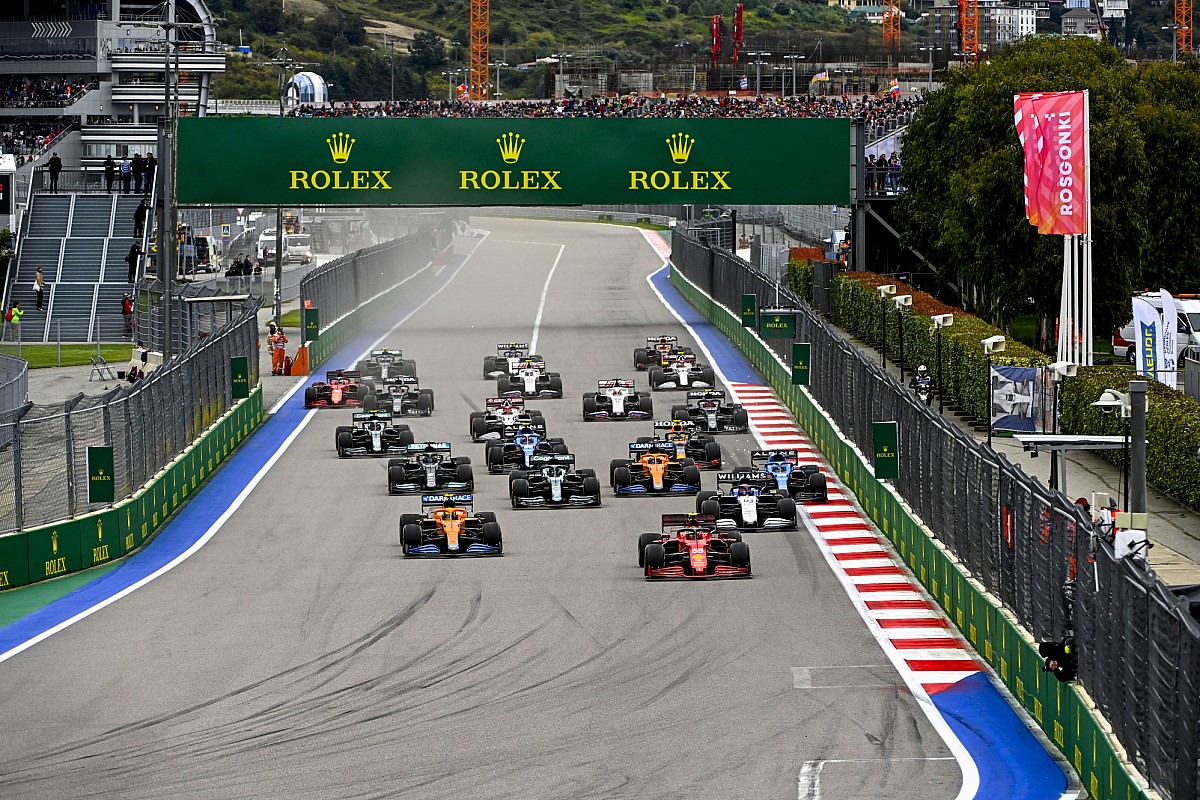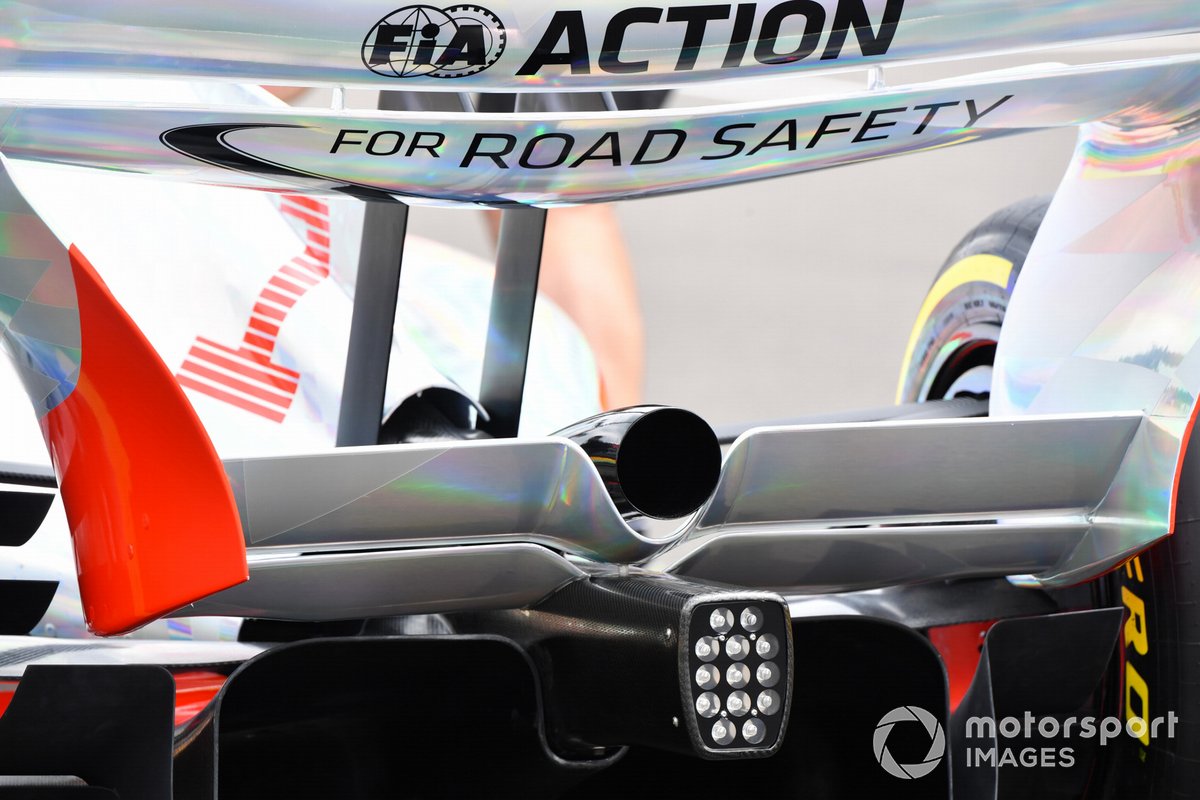
Discussions about critical aspects of the new engine control have intensified over the past few months, as manufacturers want to continue their R&D projects as quickly as possible.
While current manufacturers are clearly happy with the current aggregate, they know that for new entrants to the market, some tradeoffs must be made to ensure that new automakers have a chance to compete.
The MGU-H was at the center of this debate because of the challenges in manufacturing and the complexity of its role in the energy recovery system.
Hence, it seems that Mercedes, Ferrari, Renault, Honda and Red Bull are in agreement to let the MGU-H go, provided Audi and Porsche commit to a long-term entry.
The discontinuation of the MGU-H obviously raises several questions, and during the consultation period discussions were held about the introduction of a front-axle MGU to bridge the energy gap caused by the loss of the MGU-H.
However, it appears that those plans have been put on hold, and much more authority is to be given to the MGU-K.
This means that it has a much stronger KERS-style role, albeit with a much larger recovery and delivery model and significantly larger energy storage.
To give an idea of the size of the proposed system, the original F1 KERS was a 60 kW system equivalent to approximately 80 horsepower and, due to its capacity of 400 kJ per lap, could be used for approximately 6.67 seconds.
The current MGU-K is a 120 kW system that corresponds to around 160 hp and can deliver over the entire lap, as it works with both the MGU-H and the energy storage system.
Lance Stroll, Racing Point RP19, returns to the pits without an engine cover
Photo by: Mark Sutton / Motorsport Images
The suggestions are that the 2026 MGU-K will be able to deliver 350 kW, or around 470 horsepower, which is a big leap forward in terms of the ratio provided by the energy recovery system.
No mention is made of how much energy can be stored in the battery pack, but for example a 4MJ energy storage device similar to the one in use now would be depleted in 11.43 seconds using the full 350kW.
In addition, there is the challenge of recovering energy from just one source, whereby, as with the current units, energy can be recovered from both MGUs and passed on to the others without having to store it. This increases the limit beyond the perceived 4MJ limit per round.
The MGU-K would have to be more robust in order to absorb the additionally acting forces, and the energy storage device would have to be larger and heavier in order to store and release the necessary energy.
Given the substantial margin proposed, it is more likely that this 350 kW system will be split into a two tier system.
One will be automated, with the MGU-K delivering power almost as a constant boost in gas demand, like we did now. There will also be another KERS-like boost system available to the driver for strategic use.
There is also talk of introducing aerodynamic assistance to alleviate the recovery problems caused by a single point recovery system. Discussions about specific active suspension have been held on numerous occasions and could still provide the necessary answer the F1 is looking for.
It goes without saying that recent meetings have raised question marks among F1 stakeholders as to whether the sport could introduce some sort of active aerodynamics package that takes a holistic approach to reducing drag and increasing downforce, rather than just the limited use of DRS.
At the heart of the engine’s new design, it is expected that the single centerline turbocharger and 1.6-liter internal combustion engine will be retained.
However, the concepts need to be revised to take into account the continued shift in sport towards a more biofuel sustainable fuel. In order to shift the power distribution more towards the combustion element of the engine, the fuel flow restrictions will likely either be removed entirely or adjusted significantly.
This also affects the speed limitation. While regulations currently allow a limit of 15,000 rpm, manufacturers can hardly see any performance advantages below the fuel flow curve below 10,500 rpm.
The changes made could also affect an aspect of the engines that was heavily criticized when they were introduced in 2014.
Removing the MGU-H and changing the overall DNA of the engine will likely result in an entirely different sound
And while that’s not as deafening as some of the larger capacity V8 and V10 engines F1 has used in the past, it could add more depth to the soundtrack.

The start event of the Formula 1 car 2022 on the Silverstone starting field. Rear wing and exhaust detail
Photo by: Mark Sutton / Motorsport Images
The post The opportunities and headaches of the F1 engine plans for 2026 first appeared on monter-une-startup.Did you miss our previous article...
https://formulaone.news/ferrari/pirelli-f1-turkey-grand-prix-why-weve-chosen-the-tyres






